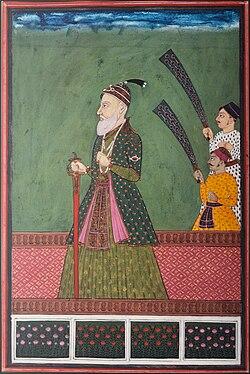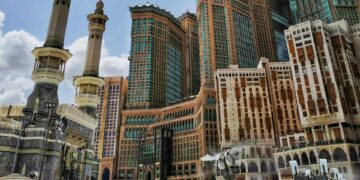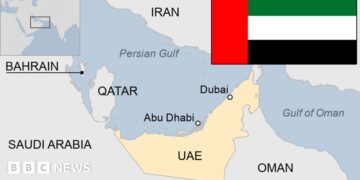How Nizam-Era Hyderabad Championed Equal Pilgrimage Rights
Hyderabad, renowned for its rich cultural mosaic and historical depth, emerged as a shining example of religious coexistence during the reign of the Nizams. At a time when communal tensions were widespread across many regions, the rulers of Hyderabad pioneered policies that guaranteed equitable access to pilgrimage sites for followers of Hinduism, Islam, Christianity, and other faiths alike. This article explores how the Nizam administration’s visionary approach to pilgrimage equality not only nurtured spiritual inclusiveness but also strengthened social cohesion through architectural innovation, administrative foresight, and interfaith engagement. Reflecting on this legacy offers valuable insights into fostering harmony in today’s increasingly divided world.
Pilgrimage Equality: A Cornerstone of Nizam Governance
During their rule from the early 18th century until mid-20th century, the Nizams prioritized religious parity as an essential element of governance in Hyderabad. Their administration actively ensured that sacred sites belonging to diverse communities received balanced attention and resources. This was reflected in substantial state funding allocated toward restoring temples, mosques, churches, and shrines without discrimination.
Beyond financial support for upkeep and renovation projects across faiths, infrastructural improvements were made to facilitate easier access to these holy places—ranging from better roads to enhanced public amenities along pilgrimage routes. The government also encouraged vibrant celebrations of festivals from different religions with equal enthusiasm throughout the cityscape.
Key initiatives included:
- Equitable Funding: Dedicated budgets maintained sanctuaries across all religions.
- Infrastructure Development: Upgraded transportation networks eased pilgrim journeys.
- Interfaith Gatherings: Events promoting dialogue fostered mutual respect among communities.
The Nizam regime further institutionalized minority representation by incorporating voices from various religious groups into local councils responsible for managing community affairs. Legal safeguards protected places of worship against encroachment or neglect—ensuring sustained respect for all traditions.
| Nizam Policy | Resulting Impact |
|---|---|
| Diverse Religious Site Funding | Sustained preservation and enhancement of sacred spaces. |
| Councils with Minority Representation | Inclusive decision-making fostering communal trust. |
| Cultural Festival Support | Cultivated shared cultural identity through joint celebrations. |
The Enduring Legacy: Pilgrimage Accessibility in Historical Context
The period under the Nizams was distinguished not only by political stability but also by a deliberate effort to make pilgrimage accessible regardless of one’s religion or socioeconomic status. Recognizing that spiritual journeys are central to many faiths’ practices—and vital for community bonding—the administration invested heavily in improving travel infrastructure.
Road expansions combined with enhancements in public transport systems dramatically shortened travel times between urban centers and remote holy sites—a precursor concept echoed today by modern high-speed rail projects connecting major cities like Hanoi and Ho Chi Minh City or Suzhou South Station’s linkages enhancing regional mobility.
Additionally, dedicated rest houses were established along key routes offering pilgrims affordable lodging options tailored to diverse needs—reflecting an early model akin to contemporary traveler hostels designed around inclusivity.
Preserving indigenous customs while encouraging cross-faith participation was another hallmark; interreligious events held at prominent temples or mosques promoted unity rather than division.
Economic incentives supported local artisans crafting ritual items and souvenirs unique to each tradition—stimulating both cultural pride and economic vitality within Hyderabad’s artisan communities.
Summary table highlighting major initiatives:
| Pilgrimage Initiative | Description | Sociocultural & Economic Impact |
|---|---|---|
| Transportation Upgrades | Paved roads & expanded transit services | Eased pilgrim movement; increased attendance at festivals |
| Lodging Facilities | Pilgrim rest houses providing affordable accommodation | Improved comfort; broadened accessibility across classes |
| Cultural Exchange Events | Merged celebrations involving multiple faith groups | Broke down barriers; fostered solidarity |
| Support for Local Craftsmen | Economic programs aiding production/sale of ritual goods | Sustained livelihoods; enriched religious tourism economy |















